#roman sarcophagi
Explore tagged Tumblr posts
Text


Roman Necropolis and Aqueduct Found in Belgrade, Serbia
Archaeologists have unearthed several Roman tombs and the remains of an aqueduct in the center of Belgrade, the Serbian capital.
The finds date to the period when the city was a settlement, known as Singidunum, within the Roman Empire.
"So far, we have discovered 14 Roman tombs from the third and fourth centuries," Milorad Ignjatović, an archaeologist at the Belgrade City Museum, told the Serbian website Sve o arheologiji ("All about archaeology").
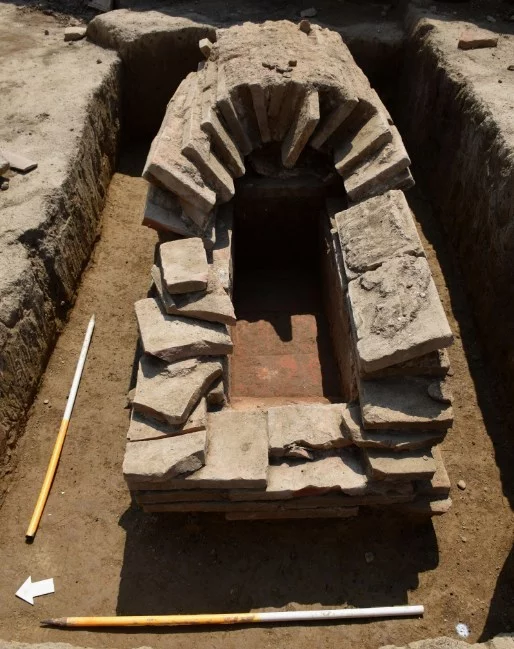
The site has different styles of Roman tombs. "Two of the tombs have rectangular bases with arched vaults walled with bricks, while two others are made from bricks stacked in the form of a coffin," he said in comments translated from Serbian. "We have also discovered four stone sarcophagi, which were considered the most luxurious way to be buried in Roman times."
The excavations in the center of Belgrade have been going on since March, ahead of the construction of an underground parking garage.
The finds weren't a complete surprise; Roman tombs were unearthed nearby 40 years ago.
The latest excavations first turned up ruins of the bombings by Allied forces at the end of World War II, when the Nazi Germans had invaded and occupied what was then Yugoslavia, as well as the remains of an Ottoman Turkish settlement at the site from the 17th and 18th centuries.
But the Roman-era tombs started appearing in the excavations just a few weeks ago. "All our expectations came true," Ignjatović said.
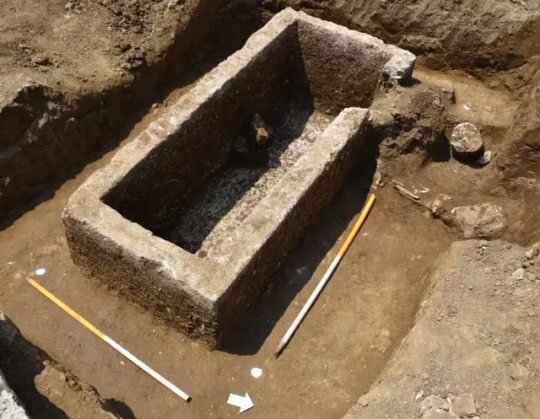

Roman Singidunum
According to the city government of Belgrade, Singidunum was established at the site of an earlier Celtic town in the first century after the Roman defeat of hostile tribes in the area.
It then became one of the main settlements of the Roman province of Moesia, a frontier region south of the Danube River. Soldiers from at least two Roman legions were garrisoned there to protect it and the nearby lands from "barbarian" invasions by Dacians, Dardanians, Scordisci and other hostile tribes.
The emperor Hadrian, who ruled from A.D. 117 to 138, granted Singidunum city status and made its inhabitants Roman citizens, and the emperor Jovian, who ruled from 363 to 364, was born there in 331.
Singidunum then became a center for Roman Christianity in the region, and for a time it was part of the Eastern Roman Empire (also known as the Byzantine Empire). But it fell in 441 to an invasion of the Huns, who burned it to the ground and enslaved its inhabitants.
While archaeologists at the site suspected they would find tombs, they were not expecting the remains of a Roman aqueduct.
By Tom Metcalfe.

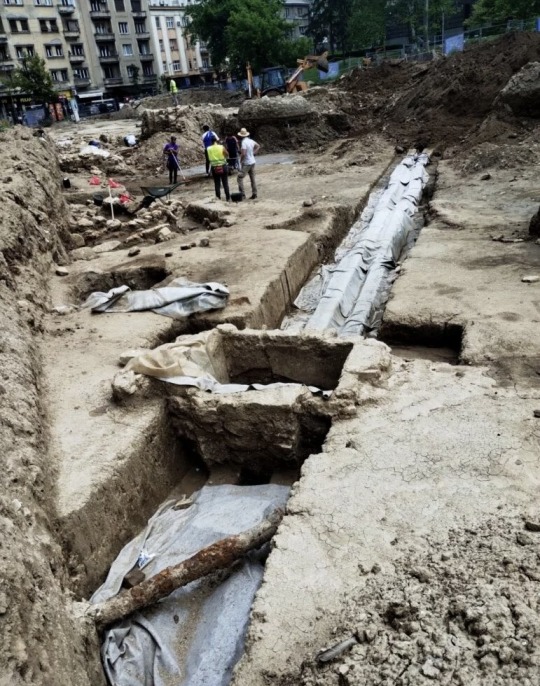
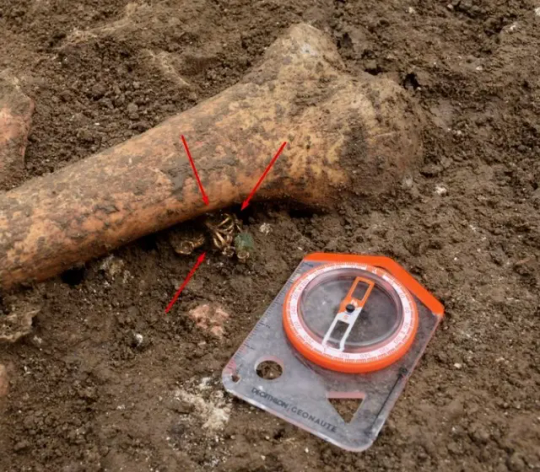

#Roman Necropolis and Aqueduct Found in Belgrade Serbia#Singidunum#roman tombs#roman graves#roman sarcophagi#roman necropolis#ancient artifacts#archeology#archeolgst#history#history news#ancient history#ancient culture#ancient civilizations#roman history#roman empire
61 notes
·
View notes
Text
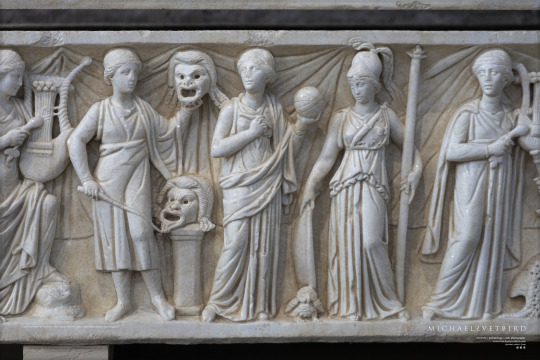


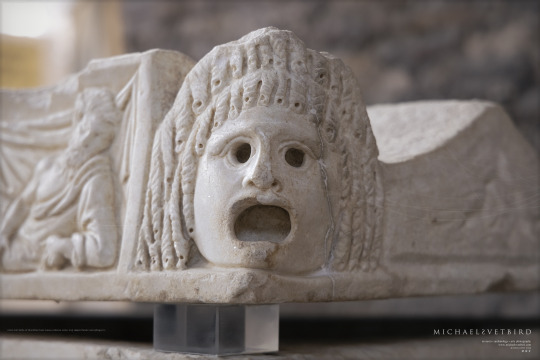

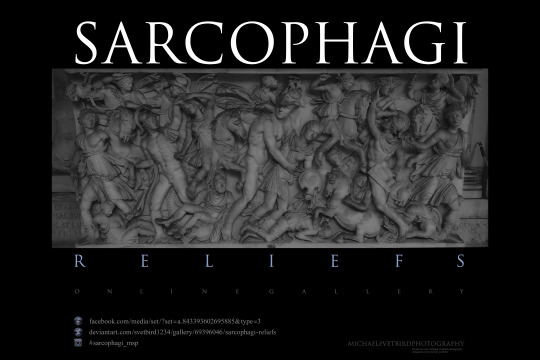
'THEATRE': "Sarcophagus with Muses", Roman Sarcophagus depicting Athena, Apollo and the nine Muses, 150-200 AD. [From Isola Sacra Fiumicino, Porto necropolis near Rome, Found in 2008]
[Loan from] Museo Ostiense, Parco Archeologico di Ostia Antica | MO • Web : https://www.ostiaantica.beniculturali.it/en/home • FB : https://www.facebook.com/scavidiostia • IG : @parco_archeo_ostia | @soprintendenzaspecialeroma • X : @parcostiantica Photographed [06|23] in Baths of Diocletian, Museo Nazionale Romano [Ground Fl., Hall I/II], "The Instant and Eternity, Between us and the ancients" exhibition • Web : https://museonazionaleromano.beniculturali.it/en/baths-of-diocletian • FB : https://www.facebook.com/MNRomano • IG : @museonazionaleromano
MO | Michael Svetbird phs©msp | 06|23 6240X4160 600 [I.-V.] The photographed object is collection item of MO, photos are subject to copyrights. [non commercial use | sorry for the watermarks]
Featured in Antiqvvs Magazine Summer 2023 Issue https://www.antiqvvs-magazine.com
📸 Part of the "SARCOPHAGI:Reliefs" MSP Online Photo-gallery:
👉 D-ART: https://www.deviantart.com/svetbird1234/gallery/69396046/sarcophagi-reliefs
👉 FB | Album: https://www.facebook.com/media/set/?set=a.843393602695885&type=3
.
#rome#ostia#ostia antica#archaeological museum#baths of diocletian#museo nazionale romano#roman#sarcophagus#sarcophagi#reliefs#sculpture#ancient rome#ancient art#antiquity#archaeology#mythology#ancient#heritage#museology#athena#apollo#muses#μουσες#art history#antiquities#photo gallery#archaeology photography#sculpture photography#museum photography#michaelsvetbird
15 notes
·
View notes
Text
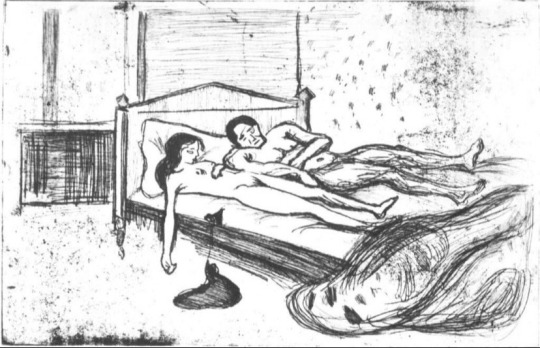






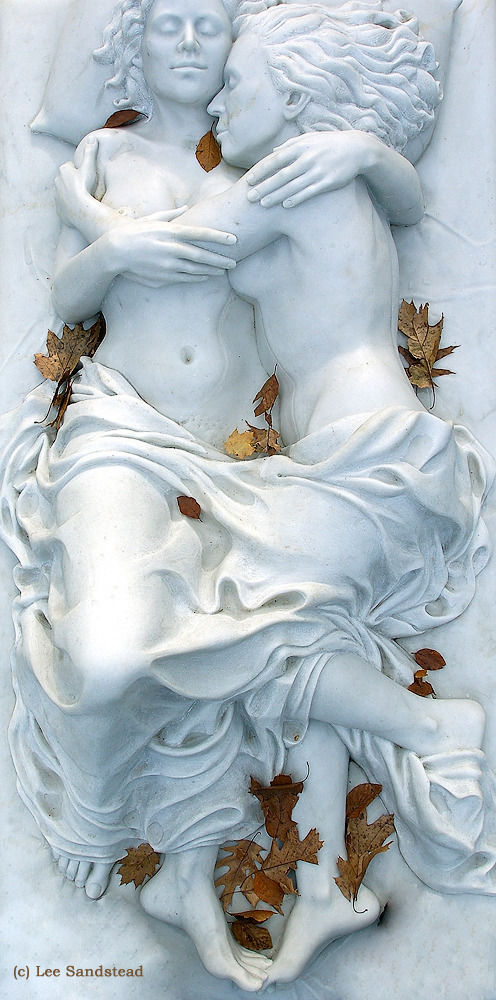



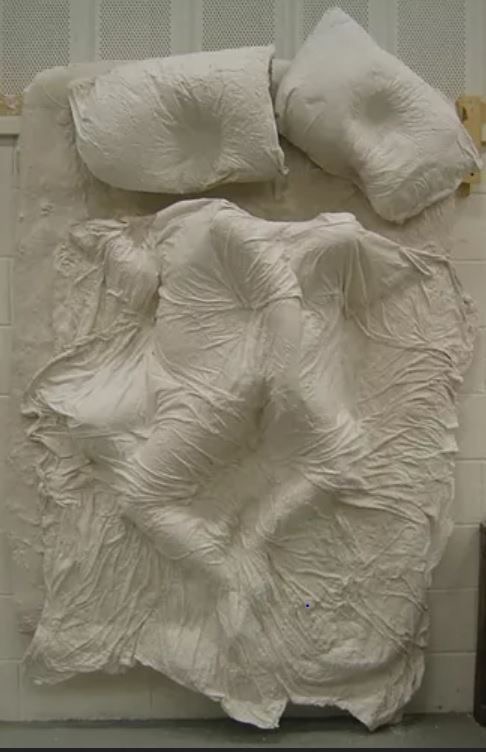

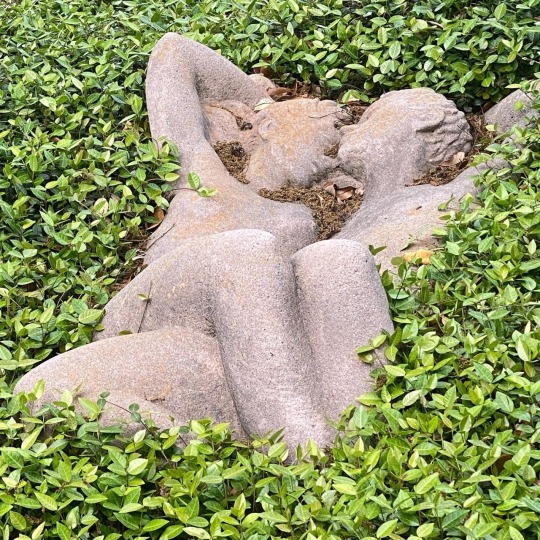
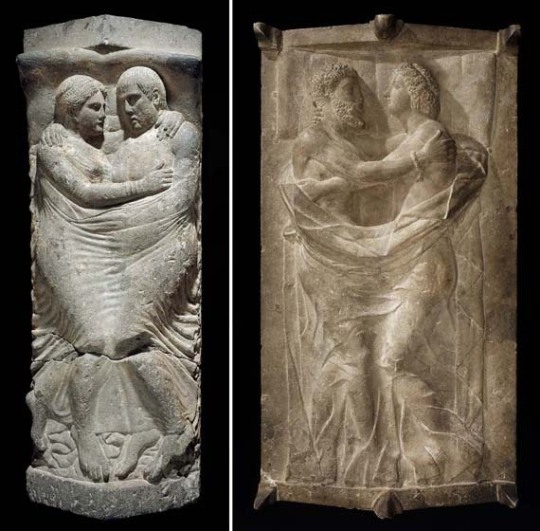
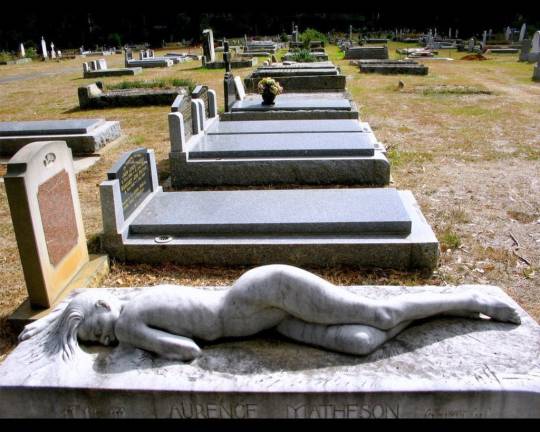
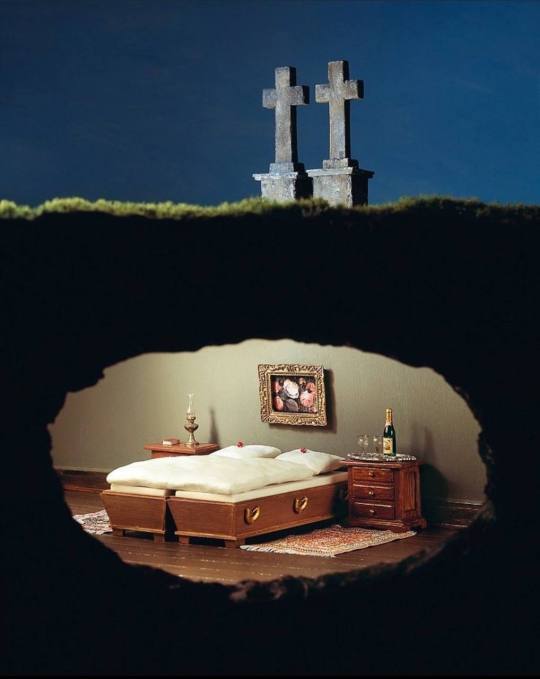

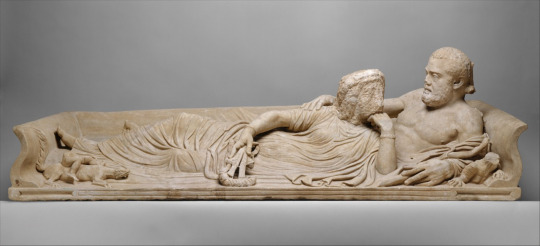

The Dead Lovers by Edvard Munch / Vienna Cemetery / Lovers of Valdaro / The Lovers of Modena / Hasanlu Lovers / Monumento Rossi / Dave Navarro & Carmen Electra by David LaChapelle / A Memorial to Marriage by Patricia Cronin / Monumento Scarneo / Olavi Lanu / Bronze Age Scythian Couple / The Life & Death of a Relationship - Sue Law / Lovers of Turuel / New Orleans Botanical Garden / Etruscan Sarcophagi / Gravestone commissioned by widow for deceased husband - Mt. Macedon Cemetery / Eternal Love - Frank Kunert / Meant To Be - Bruno Caesar / Roman Sarcophagus / Sarcophagus of the Spouses
#web weaving#compilation#comparatives#parallels#love#art#soulmates#david lachapelle#edvard munch#frank kunert#nature#sculpture#valentines day#comparison#comparisons#romance#history#art history#star crossed lovers#1k
9K notes
·
View notes
Text

Marble sarcophagus with the Triumph of Dionysos and the Seasons. Roman ca. 260–270 CE. x
This highly ornate and extremely well-preserved Roman marble sarcophagus came to the Metropolitan Museum from the collection of the Dukes of Beaufort and was formerly displayed in their country seat, Badminton House in Gloucestershire, England. An inscription on the unfinished back of the sarcophagus records that it was installed there in 1733. In contrast to the rough and unsightly back, the sides and front of the sarcophagus are decorated with forty human and animal figures carved in high relief. The central figure is that of the god Dionysos seated on a panther, but he is somewhat overshadowed by four larger standing figures who represent the four Seasons (from left to right, Winter, Spring, Summer, and Fall). The figures are unusual in that the Seasons are usually portrayed as women, but here they are shown as sturdy youths. Around these five central figures are placed other Bacchic figures and cultic objects, all carved at a smaller scale. On the rounded ends of the sarcophagus are two other groups of large figures, similarly intermingled with lesser ones. On the left end, Mother Earth is portrayed reclining on the ground; she is accompanied by a satyr and a youth carrying fruit. On the right end, a bearded male figure, probably to be identified with the personification of a river-god, reclines in front of two winged youths, perhaps representing two additional Seasons.
The sarcophagus is an exquisite example of Roman funerary art, displaying all the virtuosity of the workshop where it was carved. The marble comes from a quarry in the eastern Mediterranean and was probably shipped to Rome, where it was worked. Only a very wealthy and powerful person would have been able to commission and purchase such a sarcophagus, and it was probably made for a member of one of the old aristocratic families in Rome itself. The subjects - the triumph of Dionysos and the Seasons - are unlikely, however, to have had any special significance for the deceased, particularly as it is clear that the design was copied from a sculptor's pattern book. Another sarcophagus, now in the Hessisches Landesmuseum in Kassel, Germany, has the same composition of Dionysos flanked by the four Seasons, although the treatment and carving of the figures is quite different. On the Badminton sarcophagus the figures are carved in high relief and so endow the crowded scene with multiple areas of light and shade, allowing the eye to wander effortlessly from one figure to another. One must also imagine that certain details were highlighted with color and even gilding, making the whole composition a visual tour de force.
Very few Roman sarcophagi of this quality have survived. Although the Badminton sarcophagus lacks its lid, the fact that it was found in the early eighteenth century and soon thereafter installed in Badminton Hall means that it has been preserved almost intact and only a few of the minor extremities are now missing.
190 notes
·
View notes
Photo
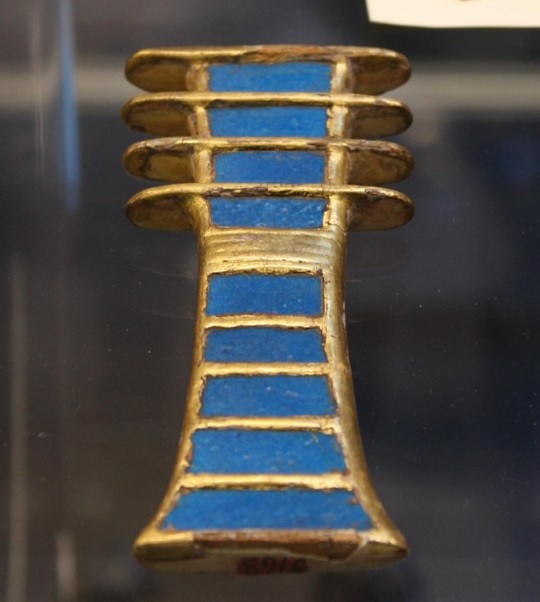
Djed
The Djed is an ancient Egyptian symbol for stability which features prominently in Egyptian art and architecture throughout the country's history. `Stability' should be understood to mean not only a firm footing but immutability and permanance. The symbol is a column with a broad base which narrows as it rises to a capital and is crossed by four parallel lines. The column and the lines are sometimes brightly painted and other times monochrome. The djed first appears in the Predynastic Period in Egypt (c. 6000-3150 BCE) and continues through the Ptolemaic Dynasty (323-30 BCE), the last dynasty to rule Egypt before it became a province of the Roman Empire.
The djed is often overlooked in Egyptian art, and especially in architecture, simply because it is so ubiquitous; the djed is featured on pillars, tomb walls, architraves (the main beam which rests on pillars), palace walls, sheets of painted papyrus, and especially sarcophagi. Once one is aware of the djed and its importance to ancient Egyptian culture it is impossible to miss. It is a potent symbol associated with the god Osiris and his return from the dead. The symbol has been interpreted to represent different objects such as the god Osiris' backbone, the tamarisk tree which enclosed the god, four pillars rising one behind another, and a fertility pole raised at festivals. `Stability', however, seems to have been its prime meaning and the one which the ancient Egyptians attached the greatest importance to.
Meaning & Origins
The precise origin of the djed is unknown but it was associated with the god Ptah, an early creator god in the Predynastic Period whose attributes were later assumed by the deities Atum and Osiris. According to historian Clare Gibson, the djed was an early phonogram which could also act as a pictogram or ideogram. A phonogram is a symbol representing a sound and a pictogram a symbol for a specific word or phrase while an ideogram is a symbol of a thing itself without reference to words or sounds (such as numerals where one recognizes the symbol 10 as representing a certain quantity). The djed symbolized the spoken word-concept for stability, was the written word for stability, and stood for the concept itself.
In the Predynastic Period it may have originally been a representation of a fertility pole upon which sheaves of grain were suspended at festivals. This pole may have been a feature of early fertility rituals which eventually came to be associated with the god who made the land fertile. The god Ptah carried a sceptre which combined the djed and the Ankh (symbol of life) and is referenced as "The Noble Djed" in ancient inscriptions. The Djed Pillar Festival was held annually at which an actual djed pillar was built and raised by the local priesthood on the first day of the harvest season. Raising the pillar may have originally symbolized the grains rising from the earth but, in time, came to represent the god Osiris returning from the dead.
With the rise of the cult of Osiris, the djed came to be firmly associated with him and, especially, with the tree of Byblos which enclosed him and the pillar made from that tree. The djed also symbolized the backbone of Osiris in that, just as Osiris rose from the dead, the deceased would rise from their body after death. In the same way that the human backbone allowed one to sit up and stand and walk, the spiritual image of Osiris' backbone would encourage the soul to rise up from the body and move toward the afterlife. The myth of Osiris was one of the most popular in ancient Egypt, especially in the period of the New Kingdom (1570-1069 BCE). The story details the death of the god, his ressurection by his wife Isis, and descent to the underworld to reign as Lord of the Dead.
Continue reading...
84 notes
·
View notes
Text


16/11/24
Marble statue of the Three Graces
Roman, Imperial period, 2nd century A.D. Copy of a Greek work, 2nd century B.C.
The Three Graces - Agalia (Beauty), Euphrosyne (Mirth), and Thalia (Abundance) - bestow that which is beneficent in nature and society: fertility and growth, the arts, and harmony between men. Cults were established around them, especially in Greece and Asia Minor; in mythology, they grace festivals, organise dances, and serve the handmaidens to Aphrodite. This carefully calculated, frieze-like composition is typical of classicizing art of the second and first centuries B.C. Instantly recognizable, it soon became the canonic formula for representing the Graces, who appeared in every medium and on every kind of object, from mirrors to sarcophagi.
#photographers on tumblr#original photography#dark academia#dark academia aesthetic#classic academia#classic academia aesthetic#chaotic academia#chaotic academia aesthetic#art#greek mythology#cottagecore#cottagecore aesthetic#cottage aesthetic#dark cottagecore#nature photography#nature#naturecore#nature aesthetic#gardencore#earthcore#fairycore#fairy aesthetic#softcore#soft aesthetic#autumn#autumncore#autumn aesthetic
39 notes
·
View notes
Text

Pamukkale, Turkey: Pamukkale is a town in western Turkey known for the mineral-rich thermal waters flowing down white travertine terraces on a nearby hillside. It neighbors Hierapolis, an ancient Roman spa city founded around 190 B.C. Ruins there include a well-preserved theater and a necropolis with sarcophagi that stretch for 2km. The Antique Pool is famous for its submerged Roman columns, the result of an earthquake
67 notes
·
View notes
Text
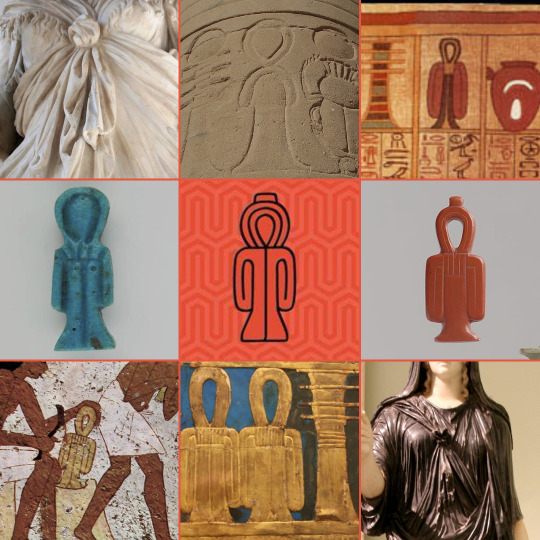
Knot of Isis
This ancient egyptian symbol is called Tjet or Knot of Isis and it's a sign usually connected with the power of the goddess Isis/Aset. Isis is one of the main deity of the egyptian pantheon, sister/wife of Osiris, goddess of magic and wisdom, goddess of kingship and protectress of the kingdom. She was seen as a universal mother goddess connected with beauty, love and fertility. In the Book of the Dead the tjet sign was addressed with the words "Blood of Isis" symbolizing the lifegiver power of blood, especially connected with the menstrual blood where the power of the goddess lies.
This sign resembles the ankh, except that the transverse arms are folded downwards, and resembles a knot of cloth and may have originally been a bandage used to absorb menstrual blood. Others suggest it represents the female reproductive organs and represents Isis in her role as the universal mother. Knots were commonly used in ancient egyptian religion as magical amulets and spell crafting. Large knot in a mantle were worn by Egyptian women from the Late Period onward and we tend to see the Knot of Isis tied into clothing during the Greco-Roman period.
The tyet can be compared with the Minoan sacral knot, a symbol of a knot with a projecting loop found in Knossos, Crete and with the Knot of Inanna.
The tjet was usually placed in tombs and was made with red semi-precious stone like jaspers. The blood of Isis was often combined with the djed-pillar especially in the decoration of temple ,walls, beds and sarcophagi. The djed is a pillar-like symbol associated with the god Osiris and it is commonly understood to represent his spine. When combined the two symbols alluded, via Isis and Osiris, to the unity of opposing world forces and with that to the unconquerable nature of life.
The tjet represents the female generative power of the goddess in which the magical source of isis lies and thus represents an ancient and very powerful symbol of protection and power.
#knot of isis#witchcraft#witchblr#witches of tumblr#tjet#Aset#isis goddess#blood of isis#mother goddess#kemetic paganism#egyptian gods#divine feminine#sacred symbols#esoteric#occultism#ancient symbols
102 notes
·
View notes
Text
#TwoForTuesday:
Ancient Roman lions on display at RISD Museum

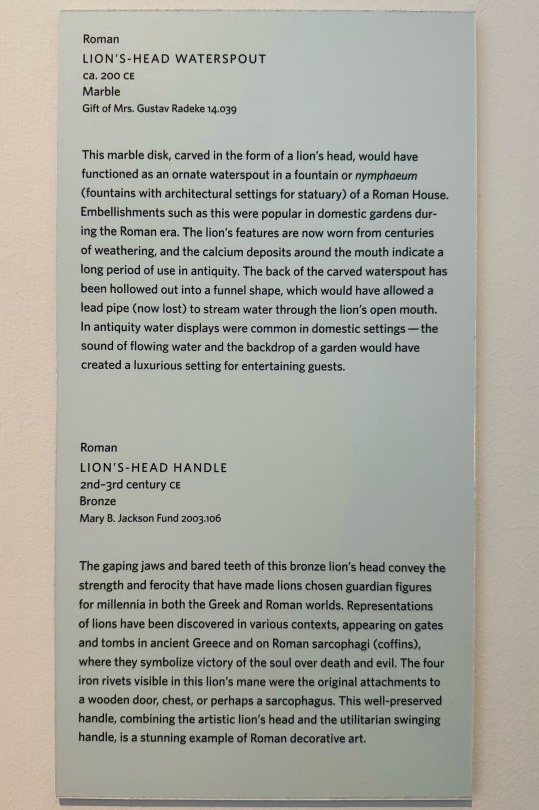
1. LION'S-HEAD WATERSPOUT
c. 200 CE
Marble, 21.6 x 21.3 x 11.9 cm (8 1/2 x 8 3/8 x 4 11/16 in)
“This marble disk, carved in the form of a lion's head, would have functioned as an ornate waterspout in a fountain or nymphaeum (fountains with architectural settings for statuary) of a Roman House.
Embellishments such as this were popular in domestic gardens during the Roman era. The lion's features are now worn from centuries of weathering, and the calcium deposits around the mouth indicate a long period of use in antiquity. The back of the carved waterspout has been hollowed out into a funnel shape, which would have allowed a lead pipe (now lost) to stream water through the lion's open mouth.
In antiquity water displays were common in domestic settings — the sound of flowing water and the backdrop of a garden would have created a luxurious setting for entertaining guests.”
2. LION'S-HEAD HANDLE
2nd-3rd century CE
Bronze, 31.4 x 20.3 x 7.9 cm (12 3/8 x 8 x 3 1/8 in)
“The gaping jaws and bared teeth of this bronze lion's head convey the strength and ferocity that have made lions chosen guardian figures for millennia in both the Greek and Roman worlds. Representations of lions have been discovered in various contexts, appearing on gates and tombs in ancient Greece and on Roman sarcophagi (coffins), where they symbolize victory of the soul over death and evil. The four iron rivets visible in this lion's mane were the original attachments to a wooden door, chest, or perhaps a sarcophagus. This well-preserved handle, combining the artistic lion's head and the utilitarian swinging handle, is a stunning example of Roman decorative art.”
#animals in art#museum visit#RISD museum#marble#bronze#decorative arts#lion#lions#ancient art#Roman art#Two for Tuesday#sculpture#metalwork
37 notes
·
View notes
Text

Roman portrait head of a woman (marble, c. late 2nd to early 3rd century AD)
This head is likely from the lid of a large Attic sarcophagus with a kline lid showing a reclining deceased couple – this type of lid became popular by the second and third centuries and is indebted to earlier kline funerary monuments of freedmen and Etruscan urns and sarcophagi. Preserved on the proper left side of her chin are the remnants of her left hand that would have supported her head. A related female portrait, also with wavy, center-parted hair and heavy lids appears, on the Balbinus sarcophagus in Rome.
image and adapted text from here
12 notes
·
View notes
Text
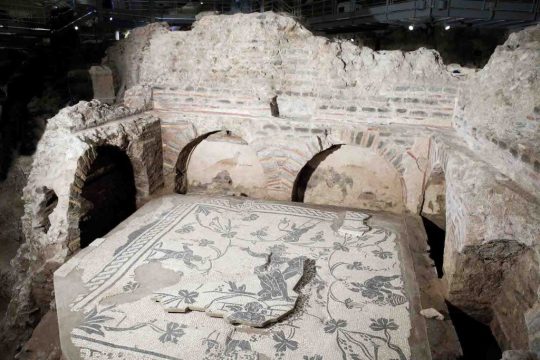
Vatican Museums Opens Ancient Roman Necropolis to the Public
The site was previously only accessible to scholars and specialists.
The Vatican Museums has newly opened to the public an ancient necropolis stocked with carved marble sarcophagi and bone-filled open graves of everyday ancient Romans.
The word necropolis comes from the Greek expression for “city of the dead.” These “cities” grew up alongside roads outside the urban center due to laws forbidding cremation and burial of the dead inside city limits. Funerary practices and rites are preserved especially clearly in the necropolis that extends along the Via Triumphalis (a Roman road now known as the Via Trionfale), with burial sites accompanied by eye-popping Roman frescoes and mosaics.
Previously, the necropolis was accessible only to certain groups of scholars and specialists. It is now open to the public via the new Saint Rose Gate entrance, inaugurated with the exhibition “Life and Death in the Rome of the Caesars.”
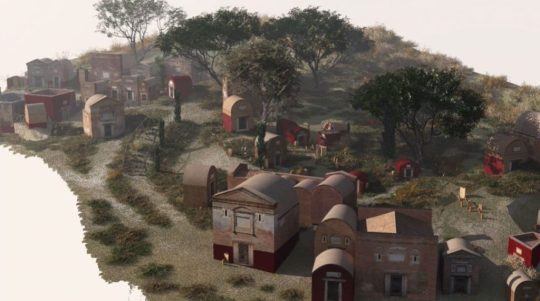
How extensive is the archaeological area?
It extends nearly 11,000 square feet. The size of the necropolis is not as extensive as some other Roman burial sites, but its importance lies in its proximity to one of the most significant religious sites in Christianity.
What is known about particular people who are buried there?
According to archaeologists, no less than the tomb of St. Peter himself is located in the Vatican Necropolis.
But in general, “Here, we have represented the lower middle class of Rome’s population,” said Leonardo Di Blasi, an archaeologist with the Vatican Museums, in a video on Euro News. “They are essentially slaves, freedmen, artisans of the city of Rome.” Some were the property of the emperor, and are indicated to have been the “servant of Nero.”
One of them was a man named Alcimus, who was the set director for the downtown Theater of Pompeii, the most important theater of the period. Another was a horse trainer who worked at the chariot races.
One young boy is interred there, according to the Catholic News Service, marked by a sculpture of a boy’s head accompanied by an inscription reading “Vixit Anni IIII Menses IIII Dies X,” Latin for “He lived four years, four months, and 10 days.”
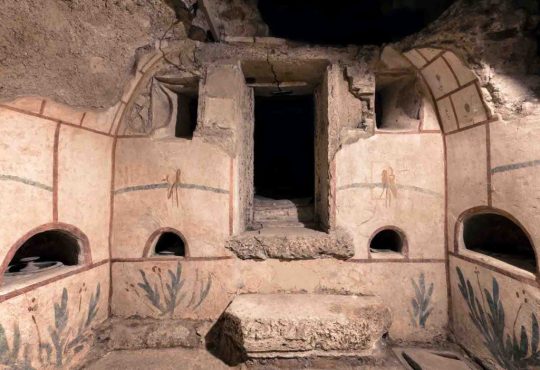
How did this ancient burial ground come to light?
The Vatican burial grounds were first explored in the 1940s at the request of then Pope Pius X, who wanted to be buried near the grave of Peter the Apostle. The dig revealed numerous mausoleums and tombs.
The newest part of the burial ground was revealed through an infrastructure project in 2003, as the Vatican excavated for a new multilevel employee parking garage.
What happened when the Vatican discovered these newest burial grounds?
The department of the Vatican that was overseeing construction of the parking garage, intent on meeting its deadline, was accused of trying to conceal the find, Giandomenico Spinola, an archaeologist and deputy artistic-scientific director of the museums, told the Catholic News Service. It was only when journalists publicized the discovery that he and his colleagues were invited in to advise.
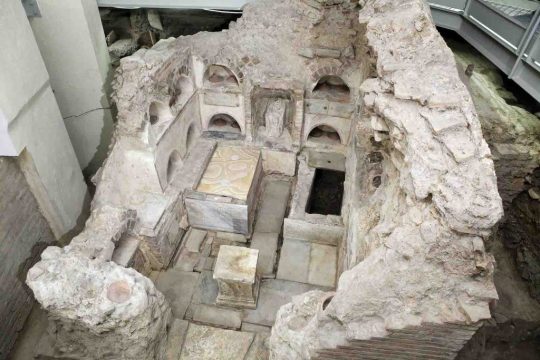

When were the bodies there buried? How have the tombs been so well preserved?
Bodies were interred in this burial ground between the first century B.C.E and the fourth century C.E., and organic remains have vanished. A number of the graves, including their tombs and decorations, including frescoes, mosaic floors, and marble-carved inscriptions, were fortuitously preserved by a series of mudslides in the area.
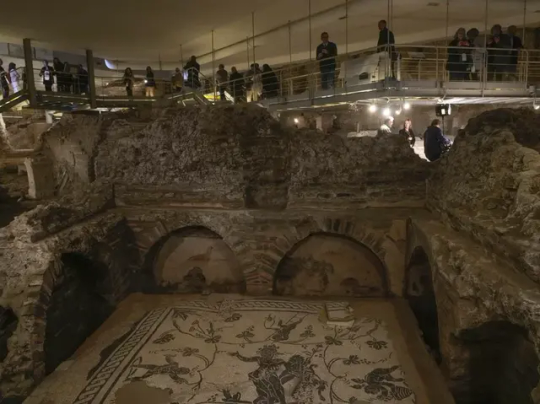
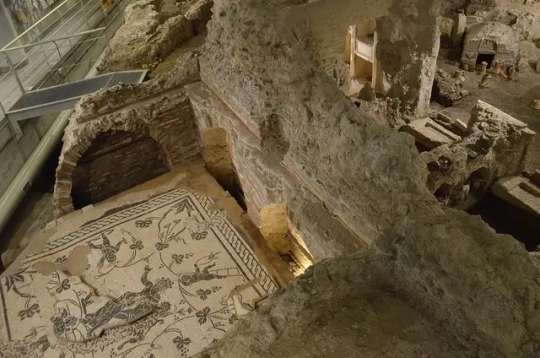
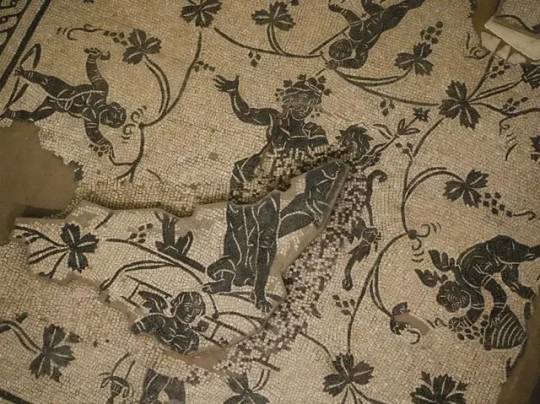
#Vatican Museums Opens Ancient Roman Necropolis to the Public#The Vatican Museums#Ancient Roman 'City for the Dead'#Via Triumphalis necropolis#Life and Death in the Rome of the Caesars#ancient graves#ancient tombs#ancient necropolis#ancient artifacts#archeology#archeolgst#history#history news#ancient history#ancient culture#ancient civilizations#ancient rome#roman history#roman empire#roman art
269 notes
·
View notes
Text

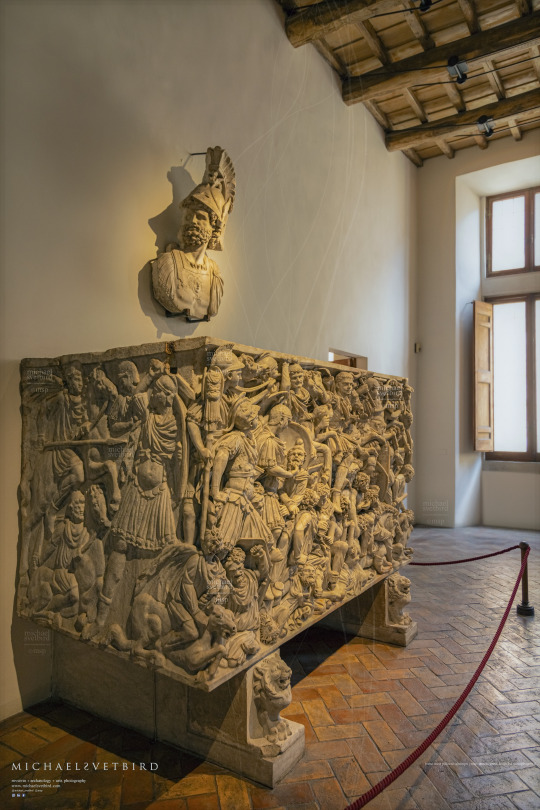


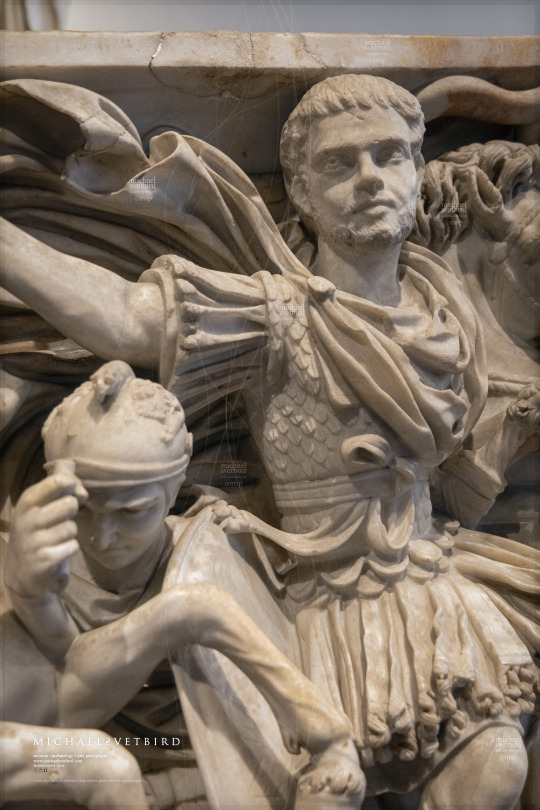

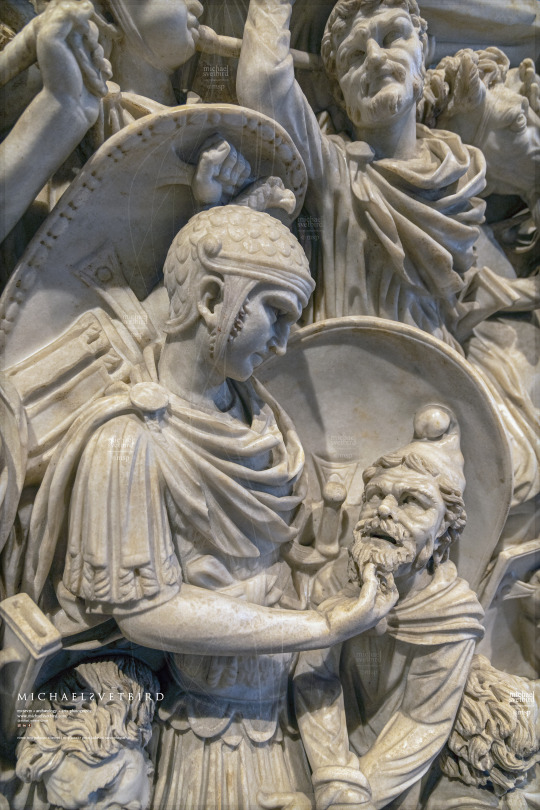

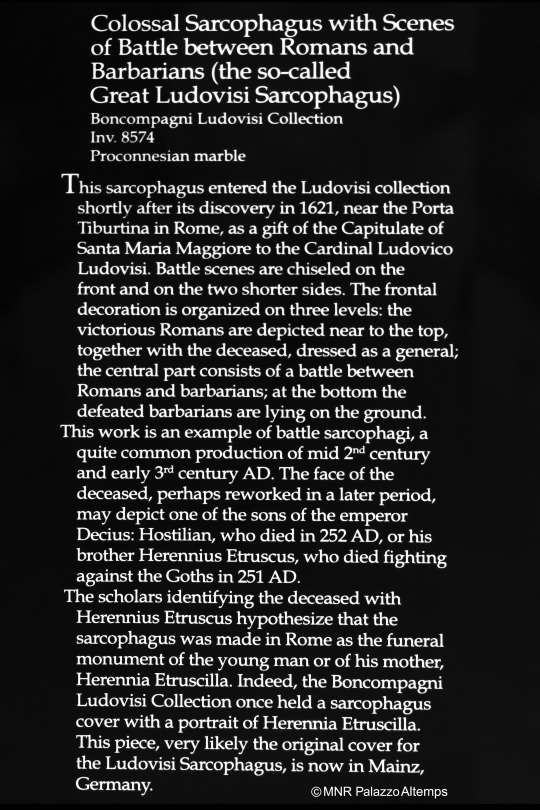
BATTLE SARCOPHAGUS: "Colossal Sarcophagus with Scenes of Battle Between Romans and Barbarians", The Great Ludovisi Sarcophagus [Please see detailed MNR PA description - pic 9] Proconnesian Marble 3 AD.
[Pics 8 & 9, Drawing & Text ©MNR PA]
Palazzo Altemps, Museo Nazionale Romano | MNR PA [First Floor] • Web : https://museonazionaleromano.beniculturali.it/en/palazzo-altemps • FB : https://www.facebook.com/MNRomano • IG : @museonazionaleromano • TW : @MNR_museo
MNR PA | Michael Svetbird phs©msp | 06|23 6240X4160 600 [II.-VII.] The photographed object is collection item of MNR PA, photos are subject to copyrights. [non commercial use | sorry for the watermarks]
Featured in Antiqvvs Magazine Summer 2023 Issue https://www.antiqvvs-magazine.com
📸 Part of the "SARCOPHAGI:Reliefs" MSP Online Photo-gallery:
👉 D-ART: https://www.deviantart.com/svetbird1234/gallery/69396046/sarcophagi-reliefs
👉 FB | Album: https://www.facebook.com/media/set/?set=a.843393602695885&type=3
.
#rome#roman#palazzo altemps#archaeological museum#history museum#museo nazionale romano#ludovisi#sarcophagus#sarcophagi#frieze#sculpture#ancient rome#ancient art#ancient sculpture#battle#antiquity#archaeology#archeologia#ancient#heritage#museology#ancient world#art history#antiquities#photogallery#publication#archaeology photography#sculpture photography'#museum photography#michaelsvetbird
6 notes
·
View notes
Text
Italian police have recovered a trove of “exceptionally valuable” Etruscan funereal artefacts stolen in an illegal excavation of a 2,300-year-old aristocratic tomb in Perugia.
The vast array of treasures, believed to have belonged to Etruscan princesses, is reported to have been described by experts as one of the most important recoveries of artefacts ever made in relation to the ancient Italian civilisation.
The artefacts – including eight urns, two sarcophagi and beauty accessories such as bronze mirrors and a perfume bottle still carrying traces of its original scent – are worth at least €8m, Carabinieri art police said.
One sarcophagus contained the full skeleton of a woman in her 40s, while the urns were finely decorated with scenes from Greek mythology and female figures with still visible red paint on their lips and gold colouring on their jewels.
Part of the ancient burial site, belonging to the ancient “Pulfna” family, was first discovered in 2015 by a farmer while ploughing land close to the town of Citta della Pieve, who was given around €100,000 as a reward for his discovery.
But Italy’s cultural heritage police opened an investigation last April after photographs of similar relics – this time depicting females instead of males, as in the case of those unearthed in 2015 – were discovered on the illicit online art market, circulated by amateur “tomb raiders” in their search for buyers.
Following investigations using phone taps, stakeouts and air surveillance drones, police identified a second excavation site on land adjacent to the site initially discovered in 2015, of a tomb also belonging to the Pulfna family, who held an important socio-political role at the time.
Police ultimately seized the illegally excavated artefacts from two individuals who had unearthed the burial chambers while excavating land they owned, after one of them posted a picture of himself on Facebook alongside a looted artefact, said Peruga’s chief prosecutor Raffaele Cantone.
They “had nothing to do with the world of [practised] tomb raiders” and were “clumsy” and “amateurish” in the way they tried to access the black market for looted art, the prosecutor told reporters on Tuesday.
The pair face charges related to theft and trading in stolen goods, and risk jail sentences of up to 10 years, said prosecutor Annamaria Greco, who led the investigation.
Local outlet Corriere dell’Umbria reported that the details on the urns offer new and valuable information on the culture and beliefs of the Etruscans, with the operation reportedly described by experts as one of the most important recoveries of Etruscan finds ever made.
Italy’s culture ministry said many of the artefacts were “perfectly preserved” and were “considered to be of exceptional historical and artistic value”.
The Etruscans flourished in central Italy during the Hellenistic period, between around 900BC to 27BC, when their lands were assimilated into the Roman empire, upon which the Etruscan culture had a lasting influence in terms of architecture, religion and tradition.
But while the Etruscans left behind lavish tombs, statues and pottery, few written documents have been uncovered, with patchy evidence of their daily lives. They left behind lavish tombs, pottery and statues but tantalisingly few written documents and patchy evidence of their daily lives.
6 notes
·
View notes
Text

Silver handle from a serving dish. Roman. early 3rd century CE x
The handle depicts the triumphal return of Dionysus from India, an important aspect of the mystery cult, symbolizing triumph over death. The scene occurs frequently on contemporary Roman sarcophagi, but here the procession is shown in the context of Roman trophies, captives, and weapons.
173 notes
·
View notes
Photo

A Gallery of Ancient Egyptian Gods & Goddesses
The gods and goddesses of ancient Egypt were an integral aspect of the peoples’ daily lives, inhabiting not only the temples thought to be their homes but the streams, lakes, plains, and trees of the land and, of course, the Nile River. The ancient Egyptians responded to the energies of these deities through art, preserving their images.
Belief in these higher powers is evident from the Predynastic Period in Egypt (c. 6000-3150 BCE) through the Ptolemaic Period (323-30 BCE) and even into the period of Roman Egypt (30 BCE - 646 CE). Their images adorned temples, monuments, tombs, sarcophagi, and papyrus texts as well as appearing as statuary, figurines, palace wall reliefs, and as amulets. To an ancient Egyptian, the gods were always present and their images in artworks were a constant reminder of the gifts they gave to the people every day.
Continue reading...
94 notes
·
View notes
Text

Ancient Roman necropolis, Alyscamps. There are no more bodies in those tombs. It was Roman custom to bury the dead along the roads outside of the city. The Roman sarcophagi were systematically looted during the Renaissance.
Arles, France.
#arles#france#provence#southern france#sarcophogus#ancient rome#alyscamps#tomb#cemetery#original photography#photography#taphophile#taphophilia#lensblr#photographers on tumblr#tombs#wanderingjana
31 notes
·
View notes